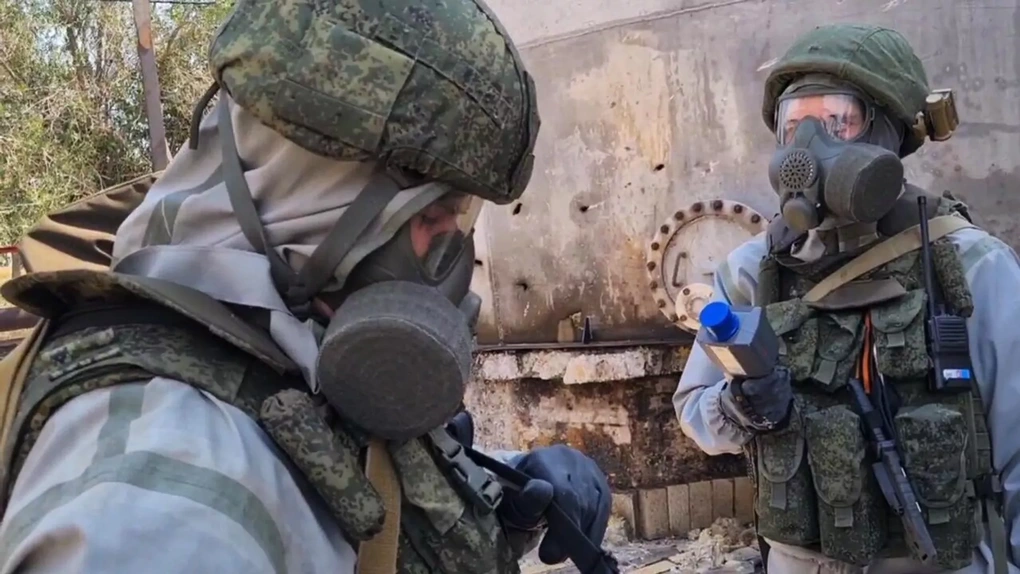
Russia's chemical, biological and radiological defense forces (Photo: Sputnik).
According to Sputnik, Russia's RCBD force first attracted international attention and recognition in the spring of 2022, when they began uncovering one trove of classified documents after another detailing the scope of US military biological programs in Ukraine and globally.
In fact, as early as 1918, the Revolutionary Military Council of the young Russian Soviet Republic ordered the creation of a chemical force for the Red Army. The decision to create the special force was made after witnessing Germany using chemical weapons against Russia during World War I on the Eastern Front.
During the 1920s and 1930s, the Chemical Corps prepared for the next great global conflict, anticipating the widespread use of chemical weapons, so it trained both military and civilian personnel in chemical defense and stockpiled chemical weapons. It was also assigned to all Russian rifle and cavalry forces.
During World War II, fearing the Nazis would use chemical weapons again, the Red Army maintained forces and equipment to defend against and respond appropriately to such attacks, and by 1944 had established 19 dedicated chemical weapons brigades. However, chemical weapons were never used, and the Russian units were disbanded after the war.
But the Cold War arms race of mass destruction between the United States and the Soviet Union brought new importance to the Chemical Forces: countering a variety of other weapons, such as biological and nuclear, plus the task of operating ground forces equipped with flamethrowers.
Chemical forces played a key role in the aftermath of the Chernobyl nuclear disaster in the spring and summer of 1986, with 10 regiments and battalions involved in cleanup operations and the construction of a giant "sarcophagus" to cover the damaged reactor No. 4.
Commander of the Chemical Forces Vladimir Karpovich Pikalov, who stayed in the disaster zone for two consecutive months and was exposed to a serious dose of radiation, was awarded the title Hero of the Soviet Union.
After the collapse of the Soviet Union, in 1992, the chemical forces were renamed the Radiological, Chemical and Biological Defense Forces (RCBD).
Mission of survival
Their duties today remain largely the same as before, including reconnaissance to detect high levels of radiation and the use of biological weapons, decontamination, degassing, sterilization of areas and uniforms and equipment of forces operating in areas contaminated by weapons of mass destruction (WMD).
The RCBD forces include combat-ready formations, units and subunits scattered across military districts, formations and branches of the Russian Armed Forces as well as human military scientific and training centers where hundreds of soldiers are trained in radiological, chemical and biological defense on a daily basis.
Modern RCBD formations include nuclear-biological-chemical reconnaissance, protection, aerosol countermeasures, processing, repair equipment and analysis centers, as well as flamethrower operating units, TOS-1A Solntsepek and TOS-2 Tosochka thermobaric rocket launchers.
For their prominent role in the military campaign in Ukraine, Russia's RCBD forces have received numerous accolades, with two brigades being awarded the prestigious title "Guards" and four officers receiving the Hero of the Russian Federation medal and 310 soldiers receiving the Order of Courage.
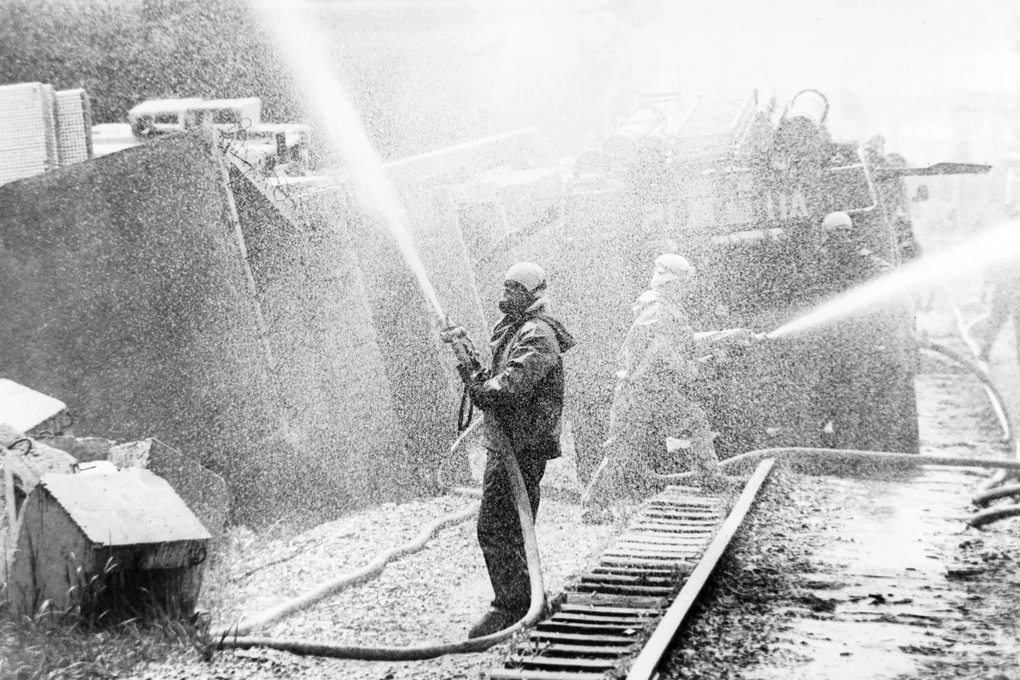
Russian RCBD forces treat the Chernobyl nuclear power plant area with decontamination solution (Photo: Sputnik).
"The success of our army depends on the professionalism and heroism of the RCBD. The enemy senses this and hunts for flamethrowers operated by the RCBD," said veteran military expert and former Russian Navy captain Vasily Dandykin.
The RCBD itself has also demonstrated a propensity to help Russia prevent conflicts, Dandykin pointed out, recalling its deployment to Syria in 2013 to remove and dismantle its chemical weapons stockpile to neutralize the risk of a US military strike after a fake chemical attack by rebels.
But in the context of the Ukraine crisis, the RCBD force has attracted the highest level of attention and fame around the world when it repeatedly reported on the suspected network of US-funded and operated military biological laboratories in Ukraine, in the former Soviet Union and around the world.
Russian RCBD forces also served on the ground at the Chernobyl and Zaporozhye nuclear power plants, and monitored enemy provocations, including those involving the use of dirty bomb weapons.
In the latest impressive achievement, RCBD researchers developed a three-layer fabric capable of hiding soldiers from detection by thermal imaging cameras (also known as invisibility cloak), introduced in August 2023.
Source



![[Photo] Binh Trieu 1 Bridge has been completed, raised by 1.1m, and will open to traffic at the end of November.](https://vphoto.vietnam.vn/thumb/1200x675/vietnam/resource/IMAGE/2025/10/2/a6549e2a3b5848a1ba76a1ded6141fae)






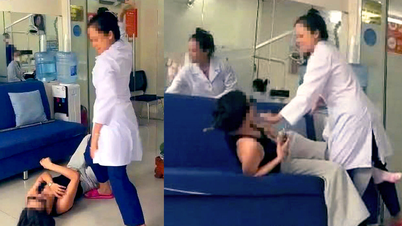




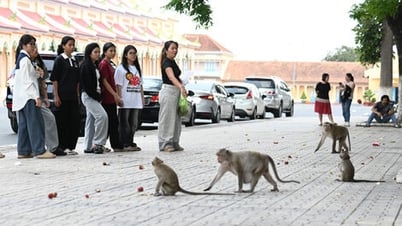






































































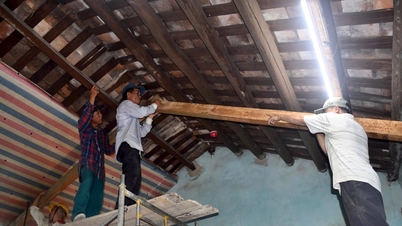
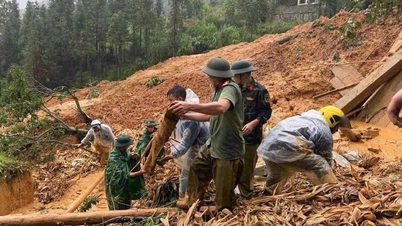

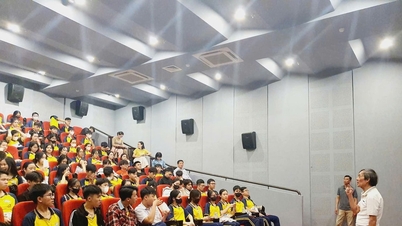













Comment (0)